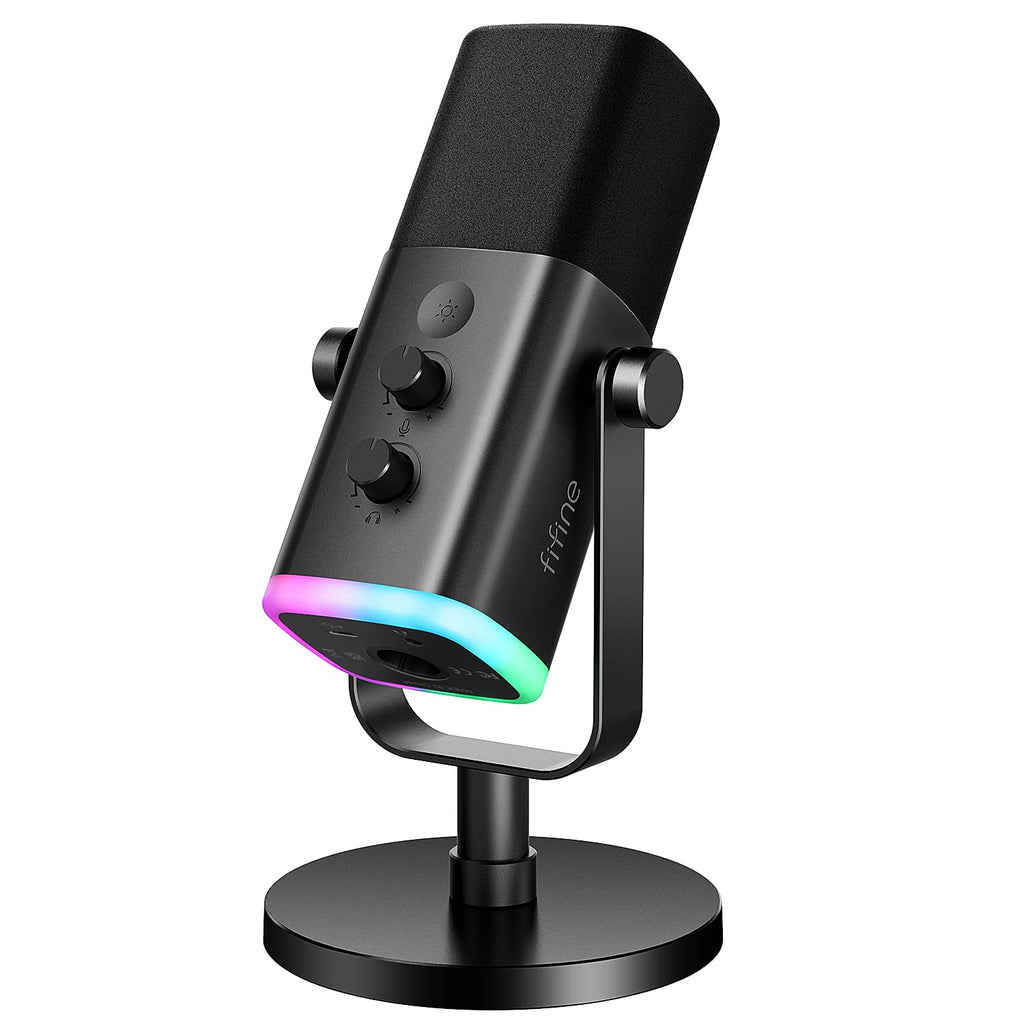
Replacement Aux 3.5mm Trs Mic Detachable Microphone Booms For Razer Barracuda X Wireless Gaming Headsets Headphones Earphones - Earphone Accessories - AliExpress

Wholesale Price Desktop XLR Connector Consenser Microphone PC Cardioid Micro for Youtube - China Microphone and XLR Condenser Microphone price

Amazon.com: Mic Replacement for Razer BlackShark V2 and V2 Pro Gaming Headset on PC, PS4, PS5, Switch, Xbox One, Xbox Series X & S, 3.5mm Detachable Boom Microphone : Video Games

I got the Razrer Kaira pro and the Headset is great but the mic could be better is there a way to buy just a mic replacement? : r/razer



















